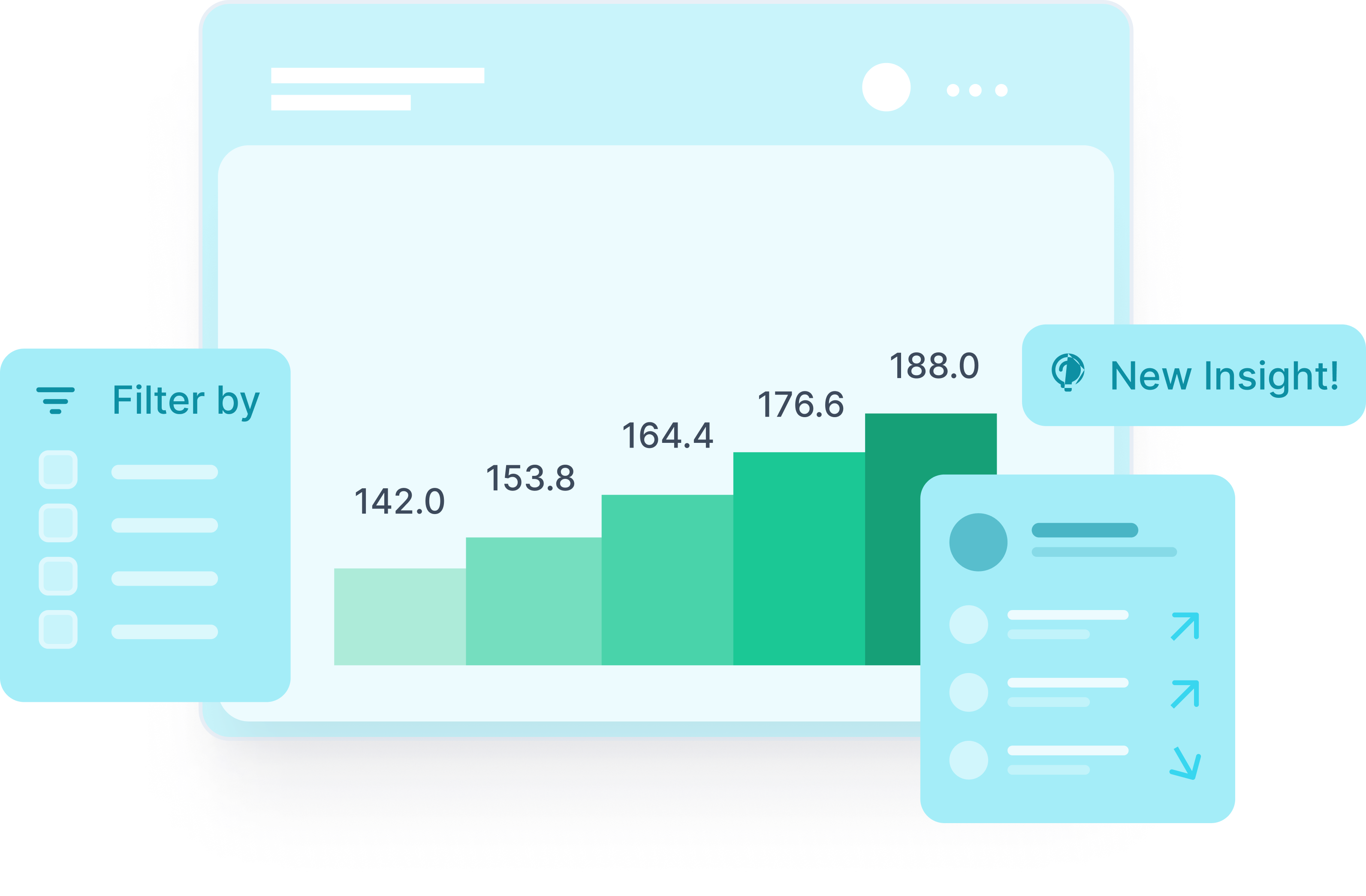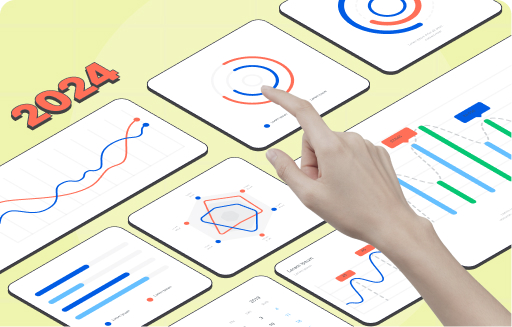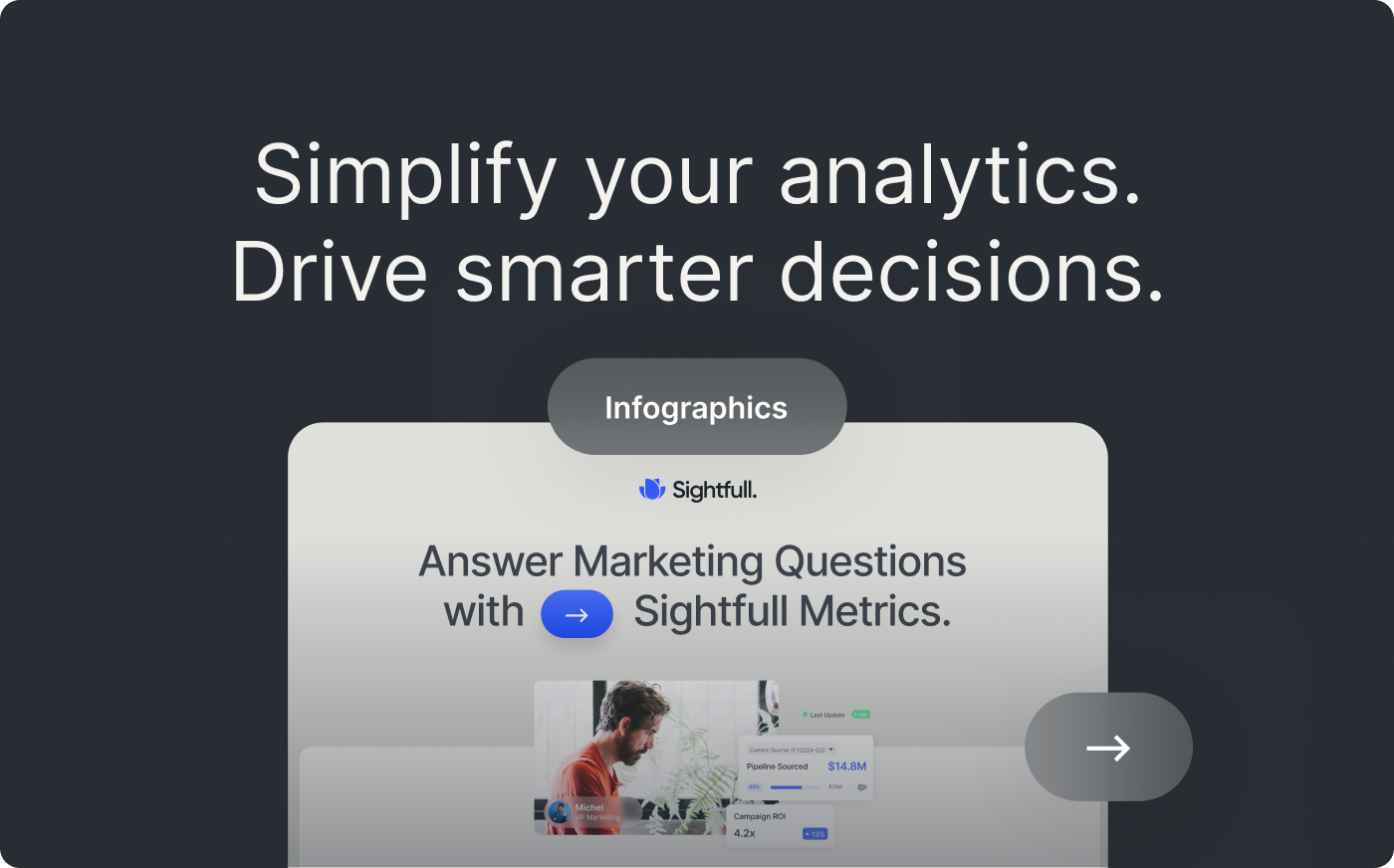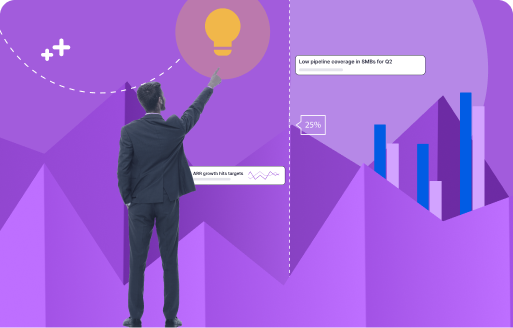Average Sales Cycle Length: A Complete Guide to Understanding and Optimizing It
Understanding and managing the average sales cycle length is essential for any business looking to enhance its sales efficiency and revenue growth. By tracking this key metric, companies can better allocate resources, refine sales processes, and close deals faster. In this guide, we’ll explain what sales cycle length means, how to calculate it, and actionable strategies to improve it for long-term success.
What is average sales cycle length?

Definition and Explanation of the Sales Cycle Length
The sales cycle length refers to the amount of time it takes for a sales opportunity to move through the entire sales process—from initial contact to closing. In business terms, it’s the total duration required to finalize a deal.
The average sales cycle length is calculated by averaging the cycle durations of all closed deals over a specific time period. It’s a crucial metric because it directly reflects how efficiently a sales team operates.
Importance of Knowing Your Sales Cycle Length
Understanding the sales cycle length is critical because:
- Sales Forecasting Accuracy: It helps predict future revenue and set realistic sales targets.
- Resource Allocation: It enables better management of sales team workloads.
- Business Growth: Shorter sales cycles generally lead to higher deal volumes and increased profitability.
Common Industry Benchmarks
- Sales cycle length varies across industries due to differences in product types, deal complexities, and customer purchasing behaviors.
- B2B Sales: Typically longer due to complex decision-making processes.
- B2C Sales: Shorter sales cycles because of simpler transactions.
- SaaS Industry: Sales cycles can range from a few weeks for small businesses to several months for enterprise clients.
Why is average sales cycle length important to measure?

Speed is a key factor in a successful and efficient sales pipeline. Sales leaders should aim to minimize the average length of the sales cycle in order to increase the efficiency of their teams. In addition, a shorter sales cycle is often linked to improved pipeline conversion and opportunity win rates.
How to Calculate the Average Sales Cycle Length?

Step-by-Step Calculation
Here’s how to calculate the average sales cycle length:
Formula:
Average Sales Cycle Length = (Total Time to Close Deals) / (Number of Deals Closed)
Example:
If your team closed five deals with the following durations in days: 30, 45, 50, 40, and 60, the average sales cycle length would be:
(30 + 45 + 50 + 40 + 60) / 5 = 45 days
Industry-Specific Examples
- B2B Example: An enterprise software company might average 90-180 days due to lengthy negotiations.
- B2C Example: An e-commerce business could average 5-7 days due to quick purchase decisions.
Tools for Calculating Sales Cycle Length
To simplify the process, consider using CRM platforms like:
- Salesforce: Comprehensive sales tracking and analytics.
- HubSpot: Offers sales cycle insights and automation.
- Zoho CRM: User-friendly reporting and sales management features.
Key Factors That Influence Sales Cycle Length

Access GTM templates with relevant key metrics.

Several factors determine how long your sales cycle will be:
1. Product Type and Complexity
More complex products require detailed explanations, demonstrations, and approvals, leading to longer cycles.
2. Lead Qualification Process
Effective lead qualification ensures your team focuses only on prospects likely to convert, reducing cycle duration.
3. Sales Rep Skills and Experience
Experienced sales reps can identify customer needs faster and close deals more efficiently.
4. Market Conditions and Buyer Behavior
Economic conditions and customer purchasing habits can impact how quickly deals are closed.
5. Business Model and Sales Process Structure
Companies with well-defined sales processes tend to experience shorter cycles due to reduced inefficiencies.
How to Shorten Your Sales Cycle Length: Effective Strategies

Tracking sales cycle length provides numerous business benefits:
- Sales Forecasting & Revenue Predictions: Accurate cycle length data ensures more precise financial forecasting.
- Resource Allocation & Planning: Allocate team resources based on expected deal closure timelines.
- Business Growth & Profitability: A streamlined sales cycle means higher conversion rates and revenue growth.
Industry Benchmarks for Sales Cycle Length

Sales Cycle Benchmarks by Industry:
- SaaS: 60-90 days (enterprise), 30-45 days (small businesses).
- Retail: Typically less than 7 days.
- B2B Manufacturing: 120-180 days, depending on product complexity.
Common Pitfalls to Avoid

Avoid these mistakes to keep your sales cycle length in check
- Overcomplicating the Sales Process: Stick to a clear and straightforward process.
- Misaligning Marketing and Sales Teams: Ensure smooth collaboration.
- Underutilizing CRM and Data Analytics: Use tools effectively to track key metrics.
- Failing to Review Sales Strategies Regularly: Periodic reviews help spot inefficiencies.
Tools to Track and Optimize Sales Cycle Length

Consider these tools for tracking and optimizing sales cycles:
- Salesforce: Best for enterprise-level sales management.
- HubSpot CRM: Great for marketing and sales integration.
- Zoho CRM: Affordable and scalable for small to mid-sized businesses.
Features to Look For:
- Lead tracking and scoring.
- Automation of tasks and reminders.
- Real-time reporting and analytics.
Final Thoughts: The Long-Term Benefits of Optimizing Sales Cycle Length

Monitoring and optimizing the average sales cycle length can transform your sales operations. It leads to better forecasting, smarter resource allocation, and increased revenue. By implementing data-driven strategies, leveraging CRM tools, and focusing on continuous improvement, businesses can maintain a competitive edge and ensure sustainable growth.
All the SaaS revenue metrics you need
Average sales cycle length is only one of the hundreds of SaaS metrics that are available out-of-the-box to users of the Sightfull revenue analysis and optimization platform. They include all the critical metrics required for SaaS companies - from indicators regarding campaigns and leads, through those that track pipeline, conversion and bookings, and all the way to later signals such as retention and expansion.
These highly precise customizable metrics are automatically calculated based on a large repository of SaaS industry standards, best practices and benchmarks. This saves lots of time for RevOps teams since they don’t have to rely on data analysts for support, waste time on error-prone spreadsheets, or manually create and update dozens of reports.
Sightfull users also receive dozens of pre-built dashboards based on these metrics, enabling them to easily investigate revenue trends at a highly granular level, identify their root causes, and act on proactive insights regarding time-sensitive business issues.
Related Metrics
Also known as
- Average sales cycle duration
- Average time to close a sale
- Average sales process duration
- Average time from lead to close



Sightfull is your automated GTM analytics platform.
Low touch, quick deployment paired with automation ensures fast results across any interface of your choice.

















